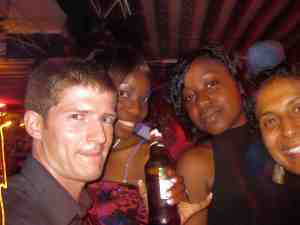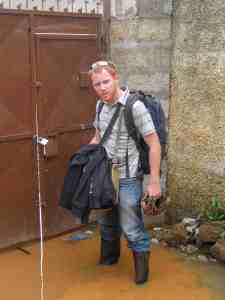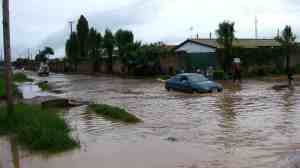Mike Quinn, my direct manager, just got back from Kenya where he spent some days seeing M-pesa—the world’s best mobile money network—in operation. Talking with him about what he saw, here are some thoughts that came to mind.
1. It’s all about a network of agents able to deal with both cash and electronic credit for all kinds of purposes. It’s not about selling airtime, not about sending money, not about paying bills. It’s about managing a whole network that works together to serve all kinds of financial needs that people have.
2. There’s a lot of smart and experienced people out there when it comes to mobile money. It might be a young industry, but the experience that people gained in getting M-pesa off the ground was huge, and there’s plenty of other companies now competing in the same space. These experts can see three steps ahead of where we can.
3. There are many ideas and visions for mobile money, but the value is in what exists in fact. That is, the proof is in the pudding. Getting a workable model of an agent network up and running is tough work and the challenges likely vary a lot from place to place. The people working in our office everyday put in lot of time and effort without a clear road map to follow to eventual success. Improvisation and sweat and what we have to muster up every single day.
But when you finally reach Fort Chip, you can really see what a feat this all is. Just think: a whole network of agents able to provide dozens financial services to anyone off the street. It’s like a thousand different airports all in sync to allow anyone to travel around the world. It’s like a country-wide road and filling station network allowing anyone with a car to arrive anywhere.
It’s quite a feat to try and pull off.








 Subscribe
Subscribe